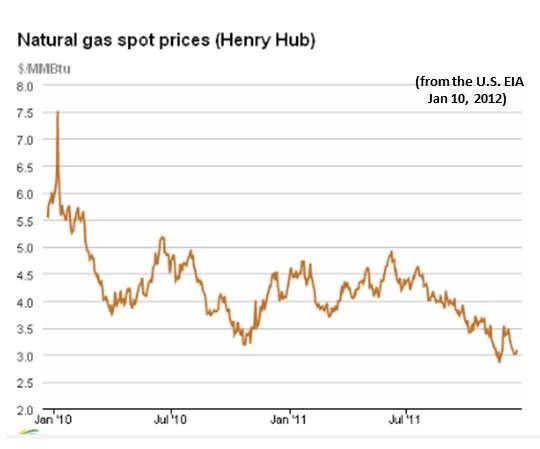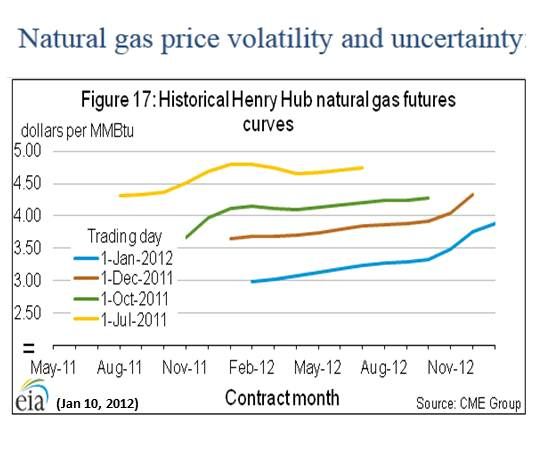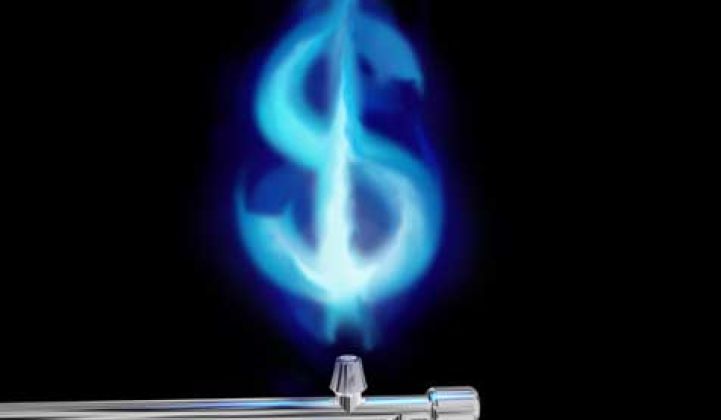At a meeting of the five largest solar developers and the three largest turbine manufacturers last September, the manufacturers said they had no orders beyond June 2012 and the developers said they had no plans beyond November 2012 according to a Capitol Hill lobbyist that spoke with GTM. “Just nothing,” the lobbyist said. “It’s a cliff.”
Those companies faced the prospect of Congress allowing the lapse of the 1603 cash grant for the solar industry’s investment tax credit (ITC), the impending threat that Congress will not extend the wind industry’s crucial production tax credit (PTC) beyond this year, and the likely inability of federal trade regulators to stop Chinese anti-competitive practices.
Warren Buffett’s MidAmerican Energy has built nearly 600 megawatts of wind in the last two years. But, as MidAmerican federal policy vice president Jonathan Weisgall noted to GTM, “do we have plans beyond December 31 of this year for wind? No.” Because, Weisgall explained, “If the production tax credit is not extended, wind will probably not be the least-cost option.”
What MidAmerican seeks is “resource diversity,” Weisgall said. “You’ve got four sources of electricity: coal, gas, nuclear and renewables.” For MidAmerican, Weisgall said, “coal is not an option.” Nuclear is, he said, at best, “a longer-term option.” And “renewables without tax incentives are simply not cost-competitive with the fourth option, which is natural gas.”
MidAmerican, Weisgall said, would like to “be doing energy efficiency, renewables, and natural gas” for the next decade. But without incentives, renewables may not be viable.

Current Washington politics make renewables legislation problematic. “What does Congress need to do? It needs to pass job-creating legislation,” Weisgall said. “There is a direct correlation between the production tax credit and wind jobs.”
But, Weisgall said, “deficit reduction has now become a more potent political issue.” A senator recently told him that extending the PTC is important, but that “it also flies in the face of tax reform.” And, Weisgall added, “the banner of tax reform does give you a terrific fig leaf behind which to hide.”
Weisgall confirmed the potential deal recently reported in The Wind Beat. “I can see a jobs bill where the administration says, ‘We’ll do Keystone, but you do a four-year extension on 1603 and the PTC. So you get your oil and we get our renewables.’ And everybody gets jobs.”
But that would require compromise. “I almost miss the smoke-filled rooms,” Weisgall said, “where I sit down and tell you the six things I need and you sit down and tell me the six things you need. I tell you the six things you need stink and you tell me the six things I need stink. But I’m going to vote for yours because I want my six things and I’ll hold my breath on your six things. That’s just not happening anymore.”
A Tea Party leader, Weisgall noted, recently called on legislators to “push for 100 percent of what we want.” But, he went on, “If pushing for 100 percent of what you want is all you want to do, you really shouldn’t be coming to Washington." Weisgall added, “Politics is not getting 100 percent. It’s the art of the possible. It’s the art of compromise.”
The deal remains possible. “You can do a deal if you want to do a deal. The problem is, in this climate and this year with this gridlock and this hostility,” Weisgall said, “I don’t give it more than a fifty-fifty chance.”
However, he noted, a Republican Congressman in a safe seat recently told him something that could impel action. “What bothers me,” the Congressman said, “is that there is this attitude of 'Throw all the bastards out because they’re not doing anything. We sent you to Washington to legislate.'”
Meanwhile, companies like MidAmerican are watching natural gas. “It’s crowding out renewables and it’s crowding out nuclear. It used to be a bridge fuel, but it’s going to be one long bridge.”
There are two considerations that could hamper gas, Weisgall said. “If we saw the EPA start to treat fracking in all its forms, not just the chemicals, but what to do with the liquid and all that, if it were treated like coal, you would see a slowing in natural gas production.”

A second consideration is price. “Natural gas hit an all-time low recently and has fallen below three dollars twice this month. If that keeps going, it’s not going to be economic to drill.”
Price volatility is “the biggest curse of natural gas,” Weisgall said. “I was at a conference six years ago when a guy said the price of natural gas will not go BELOW five dollars for at least the next 20 years. “And,” he laughed, “I was at a conference a couple of months ago where a guy said the price of natural gas will not go ABOVE five dollars for the next 20 years.”
“I never hesitate to point out,” Weisgall added, “that I haven’t seen a natural gas provider offer a fixed-price, 30-year contract. You can get that for wind. You can get that for geothermal. You can get that for solar -- because you know your fuel cost.”
Utilities want to provide the least-cost option, but “as we see this dash to gas,” Weisgall said, “if you want to protect your customers, if you want price stability, that’s going to be a challenge.”



